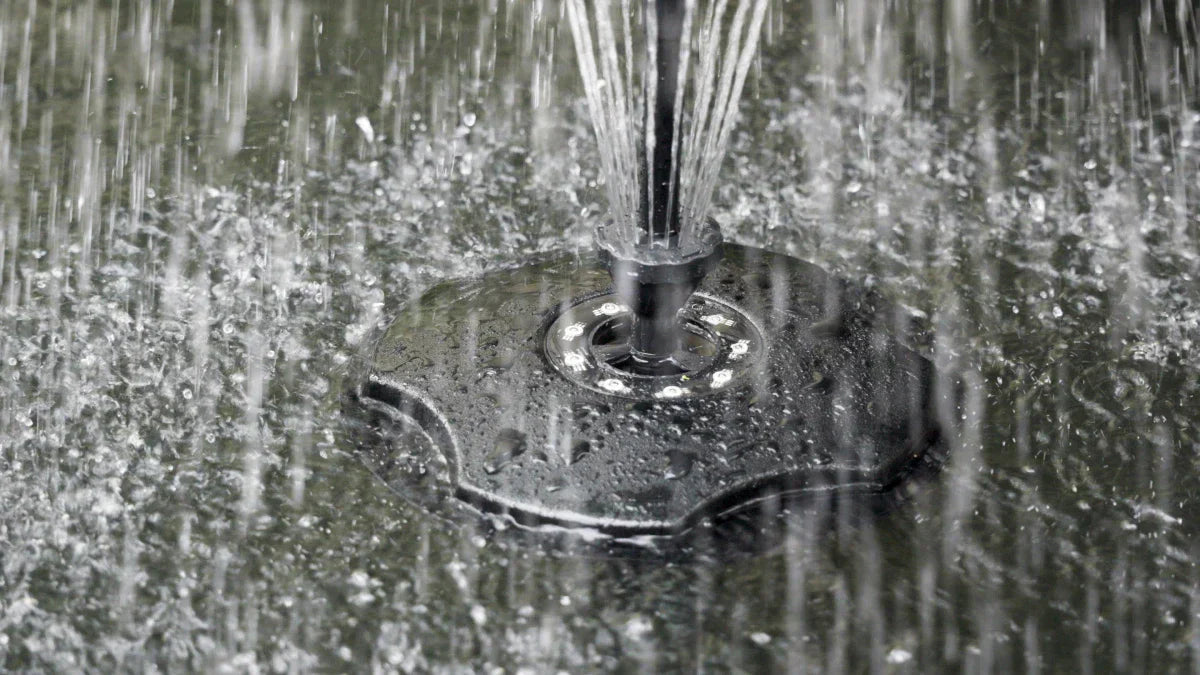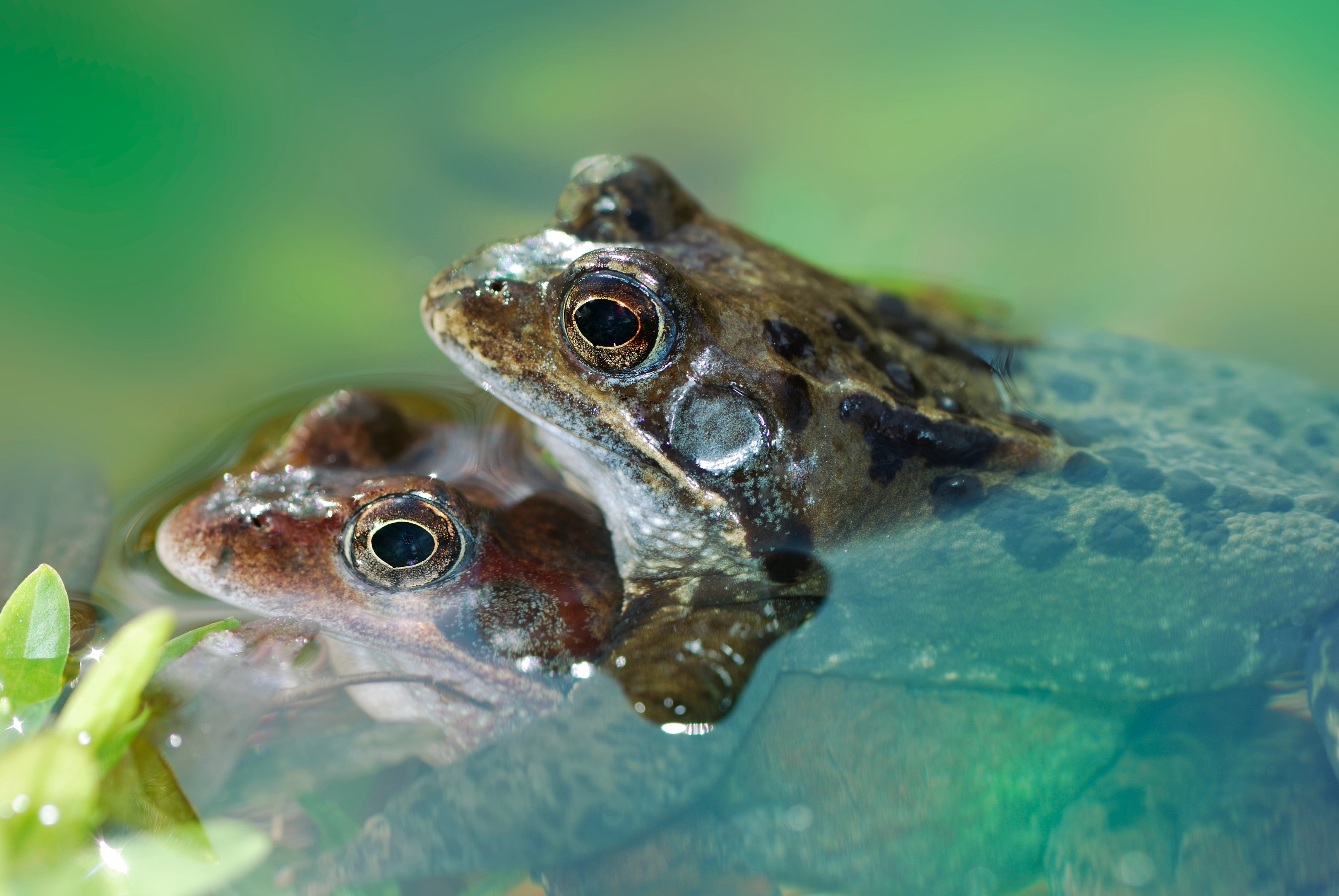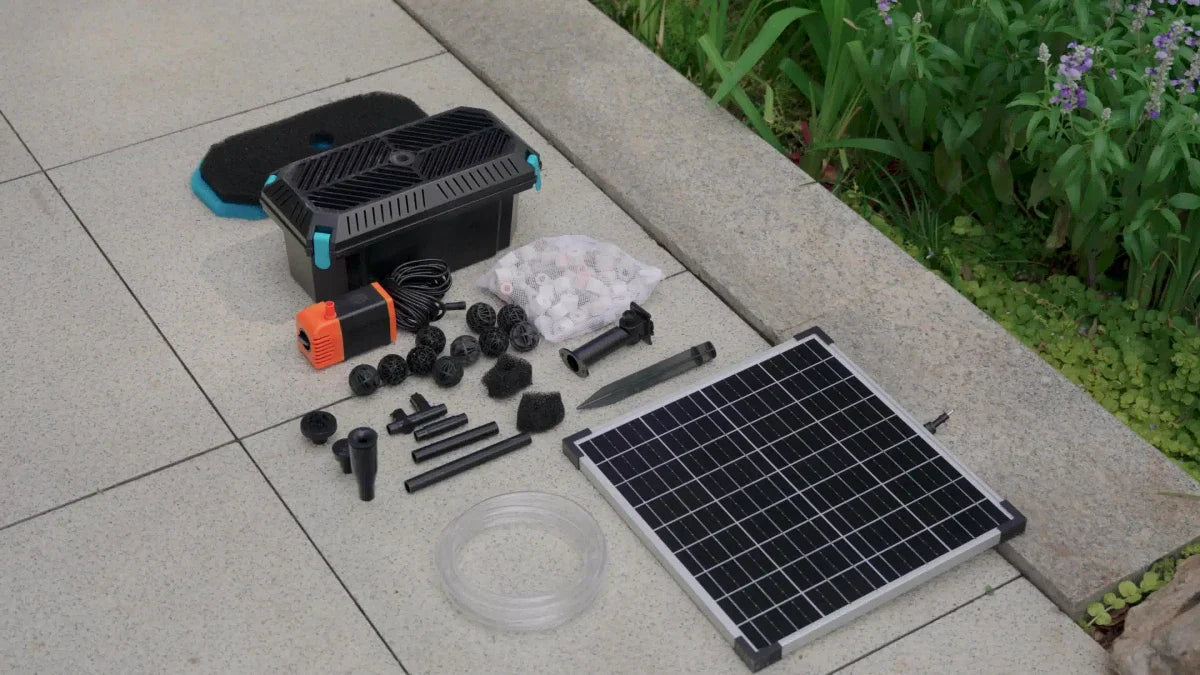Floating Fountains vs Anchored Fountains
Choosing the right water feature is more than a style decision; it affects oxygen levels, wildlife activity, noise, maintenance, and even your energy bill. If you’ve been hunting for a clear fountain type guide that compares a floating fountain with an anchored garden fountain, this breakdown walks you through performance, installation, ecology, and real-world use—plus where Poposoap’s solar-first lineup fits best.
Differences Between the Two Forms
Floating fountains ride on the water’s surface. A buoyant body supports a submersible pump that throws a spray or plume upward. Because they sit at the surface, they’re easy to drop in, move, or remove for winter. They create broad surface agitation and visible aeration—great for deterring mosquito larvae and adding sparkle. With Poposoap’s solar-powered designs, you can run a floating fountain off-grid, using daylight to drive circulation without permanent wiring.
Anchored fountains (sometimes called “stand” or pedestal features) are fixed in place. They include classic bowls, tiered statues, stone bubblers, or a formal nozzle set plumbed to a hidden reservoir. You’ll typically secure them on a leveled base or plinth, route tubing through a liner-safe path, and keep them where their symmetry completes the garden axis. They deliver a consistent pattern and a sculptural focal point—perfect for courtyards, patios, and formal ponds.
In short: floating = flexible, aeration-forward, pond-centric; anchored = architectural, precise, and permanent.
Differences in Installation and Maintenance
Floating Fountain Setup
- Placement: Simply lower it into the water, keeping the intake a few inches above the pond floor so it doesn’t suck up silt.
- Power: With solar models, orient the panel toward midday sun; use ground stakes or a small stand. Long outdoor cables allow flexible panel placement away from shade.
- Stability: In windy spots, add discreet tethers to prevent drift into lilies or liner edges.
- Care: Rinse the intake screen and foam prefilter every 1–2 weeks in pond water; wipe nozzles if the spray height drops. Seasonal service is as simple as lifting the unit, swishing media, and checking the impeller.
Anchored Garden Fountain Setup
- Base & leveling: Prepare a stable, perfectly level pad. An uneven base leads to lopsided sheets and splash loss.
- Plumbing: Route tubing carefully to avoid liner punctures; use bulkhead fittings and underlayment where lines cross edges.
- Access: Ensure the pump and filter are reachable—build an access hatch or hide them in a nearby filter box.
- Care: Clean pads monthly (more in leaf season), flush the line, and inspect stone joints or sealant. In freezing climates, drain vessels or run a low plume to prevent ice stress; many owners winterize anchored features while leaving a separate aerator running for fish.
Poposoap’s modular, solar-ready filter boxes pair cleanly with both approaches—capturing debris before it reaches the pump and keeping maintenance quick.
Ecological Impact Assessment
Aeration & circulation: Floating fountains excel at mixing the top layer, breaking surface film, and promoting gas exchange across a wide radius. This supports beneficial bacteria and helps stabilize pH and oxygen—especially valuable in warm months or stocked ponds. Anchored fountains provide more localized aeration; a gentle bubbler near a patio, for instance, oxygenates less water overall but adds calming sound with minimal splash.
Plants & wildlife: Placing a floating fountain off-center preserves quiet zones for shy fish and frogs while still discouraging mosquito breeding. Keep strong jets away from delicate lilies. Anchored pieces can be positioned beside planting shelves to avoid turbulence in nursery areas for fry and tadpoles.
Light & sound: Warm-white pond lighting tends to attract fewer insects than blue-heavy tones. Poposoap’s submersible lights are IP-rated for underwater use and let you choose color modes that won’t overwhelm night wildlife.
Poposoap Series Recommendations
- For most ponds (300–800 gallons): A Poposoap Floating Pond Fountain offers a robust, high-visibility plume plus optional integrated LEDs for night sparkle. It’s a strong choice when your priority is water movement, oxygenation, and quick, tool-free setup.
- For off-grid circulation in shaded corners: Poposoap Solar Fountain Pumps with external panels keep water moving without permanent wiring. Choose wattage to match pond volume and lift; aim to turn the full volume every 1–2 hours for fish health.
- For formal, anchored displays: A Poposoap Waterfall Kit or spillway turns filtered water into a clean, architectural sheet—ideal along a stone wall or patio edge. Pair with a Poposoap Pond Filter to capture solids and host bio-media, and add Poposoap Pond Lights to highlight textures after dark.
- For reliability under mixed weather: Consider a solar battery backup so your fountain runs through brief cloud cover or at dusk, maintaining circulation when heat or fish load is high.
Across the lineup, Poposoap focuses on UV-stable housings, easy-access media, and solar-first operation—so you get clarity and motion without a rising utility bill.
User Case Evaluation
- Wildlife-friendly backyard pond: Choose a floating fountain. It aerates broadly, keeps mosquitoes in check, and can be nudged to new positions as plantings grow. Add a solar filter box for low-maintenance clarity.
- Formal courtyard basin or patio bowl: Go anchored. A sculptural bubbler or sheet spillway becomes a permanent focal point with steady sound and minimal splash. Hide the pump line neatly and spotlight the piece with warm-white pond lights.
- Koi pond with summer heat: Lead with a floating fountain for surface oxygen, then layer in a waterfall kit for deep mixing and nighttime gas exchange. Solar operation keeps costs down while providing the turnover koi demand.
- Small barrel or deck feature: An anchored garden fountain or compact spillway gives precise, low-splash action close to seating areas; pair with a small solar pump and micro filter media to control fines.
Bottom Line
If you want maximum aeration, easy setup, and the freedom to reposition as the seasons change, a floating fountain is your go-to. If your goal is a sculptural centerpiece with precise water patterns and a formal vibe, choose an anchored garden fountain. With Poposoap’s solar pumps, filter boxes, waterfall kits, and pond lights, you can mix and match both styles—building a water feature that’s beautiful, efficient, and kinder to your power bill. This is your practical fountain type guide: pick the form that fits your space and let the water (and wildlife) do the rest.





Leave a comment
All comments are moderated before being published.
This site is protected by hCaptcha and the hCaptcha Privacy Policy and Terms of Service apply.